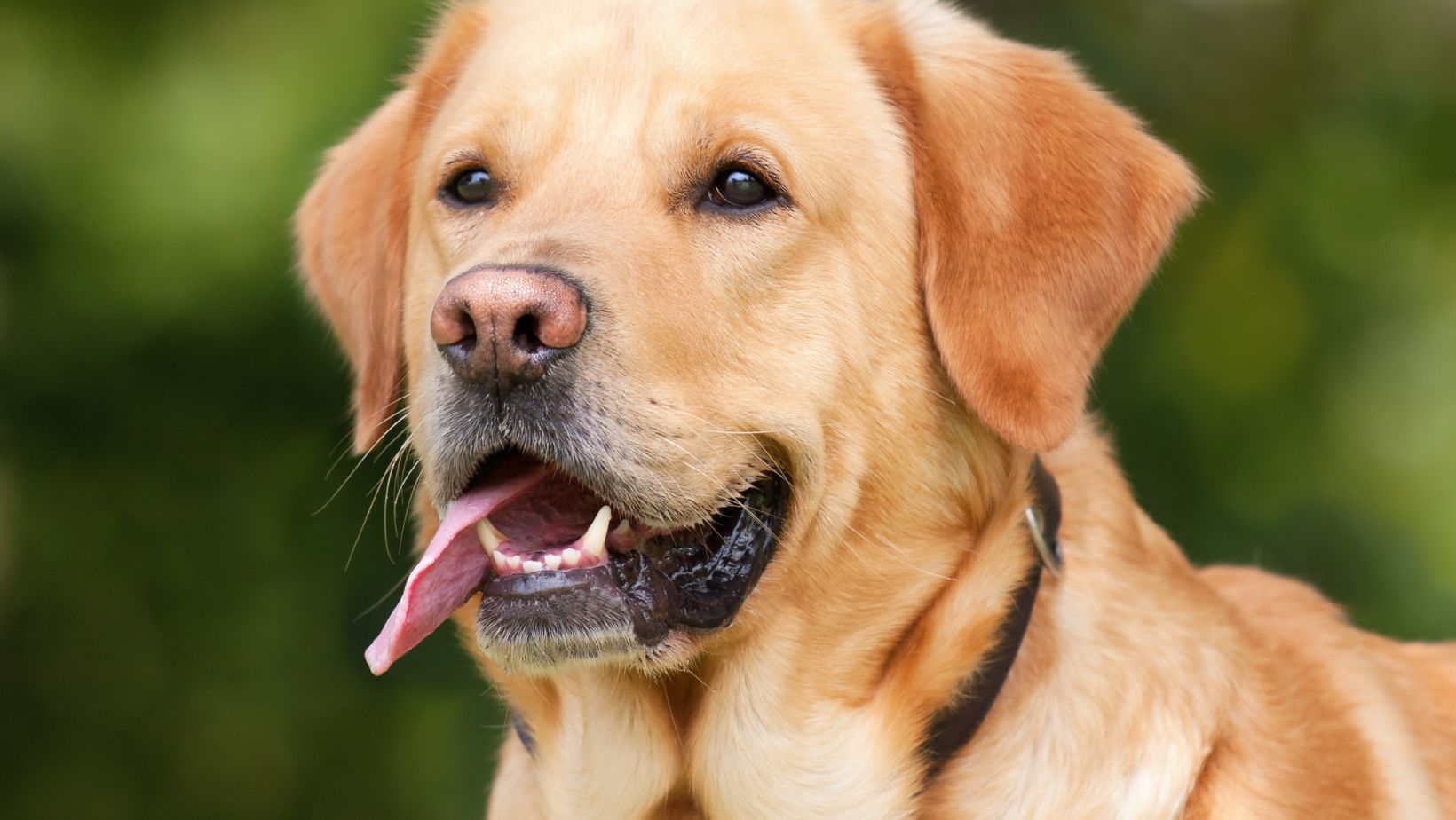How to Train your Dog to Pee and Poop Outside
If you’ve recently brought home a new furry friend, you’re probably wondering how to train your dog to do its business outside. It’s a common challenge for pet owners, but with the right approach, you can turn it into a hassle-free routine.
In this article, I’ll share some effective strategies that I’ve learned from my years of experience as a dog owner. These tips will help you understand your dog’s habits and guide them towards healthy bathroom behaviors.
Remember, patience is key. Training your dog to pee and poop outside isn’t an overnight process. But with consistent efforts, you’ll soon have a well-trained pet that knows exactly where to go when nature calls.
Benefits of training your dog to pee and poop outside
There are numerous advantages to instilling this behavior in your furry friend. To begin with, it’s hygienic. Your home stays cleaner, which is especially beneficial if you have young children or visitors frequently.
Secondly, it helps maintain your dog’s health. Regular, healthy elimination is crucial to a dog’s overall well-being. Taking your dog outside to relieve themselves on a consistent basis can help monitor their health. If you notice any inconsistencies or changes, you’ll be first in line to take action which can save your pet from potential discomfort, or even worse, serious health issues.
Thirdly, this behavior establishes proper home etiquette for your pet. Dogs, like us, are creatures of habit. Once they get used to doing their business outside, they’ll likely uphold this practice, resulting in fewer accidents in the home.
Training your dog to eliminate outdoors doesn’t merely benefit you and your pet. It is also advantageous for your neighborhood ecosystem. While this may seem odd, consider this: Canine waste can actually act as a fertilizer, enriching your garden or the local parkland. However, before adopting this practice, ensure that it is favored by your community or local park regulations.
Lastly, outdoor potty training also supports your dog’s mental and physical health. The increased outside time provides much-needed exercise – a perfect solution to obesity, beauty sleep or behavioral issues.
Let’s summarize this information into a handy table:
| Benefits of Training your Dog to Pee and Poop Outside | Explanation |
| Hygienic | A cleaner home and healthier living environment |
| Monitor Health | Early detection of potential health issues |
| Proper Etiquette | Habitual good behavior, fewer accidents in the home |
| Advantageous for Ecosystem | Dog waste can be used as a fertilizer |
| Mental and Physical Health Enhancement | Increased exercise, healthier dogs |
These are just a few of the many reasons to train your dog to pee and poop outside. This practice requires patience at first, but the rewards that you will see overtime makes every second worth it.

Understanding your dog’s bathroom habits
To effectively train your dog to pee and poop outside, understanding their bathroom habits is crucial. This involves getting to know the normal patterns of urination and defecation in dogs and recognizing the signs that they need to go outside.
Normal Patterns of Urination and Defecation in Dogs
Typically, a healthy adult dog will urinate anywhere from 3 to 5 times a day. However, puppies and senior dogs may need to go more frequently due to less bladder control. The average dog will defecate one to two times per day. Larger breeds or dogs on a high-fiber diet may go more often.
It’s worth noting that what’s normal can vary significantly from dog to dog, based on factors such as age, diet, and exercise routine. Regular vet checks are important to establish your dog’s normal and to monitor for any changes that could indicate health issues.
Signs That Your Dog Needs to Go Outside
Recognizing when your dog needs to pee or poop is an important part of the training process. Some telltale signs include:
- Pacing or restlessness
- Whining or barking at the door
- Sniffing around in a particular spot
- Circling or scratching at the ground
An important aspect of outdoor potty training is understanding that not all bathroom habits are the same. That’s why I always encourage dog owners to pay attention to their pets’ unique signals and respond promptly to support successful bathroom breaks outside.
Finally, remember that developing a bathroom routine outside is as much about positive reinforcement as it is about decoding your dog’s habits. A consistent schedule, loads of praise, and patience will go a long way in making this training success happen.